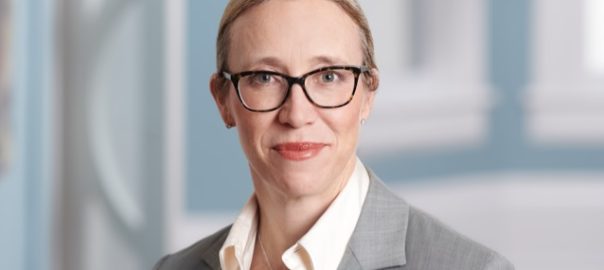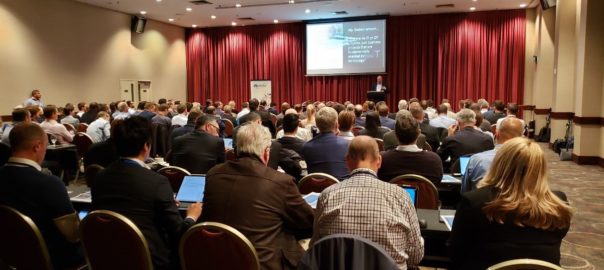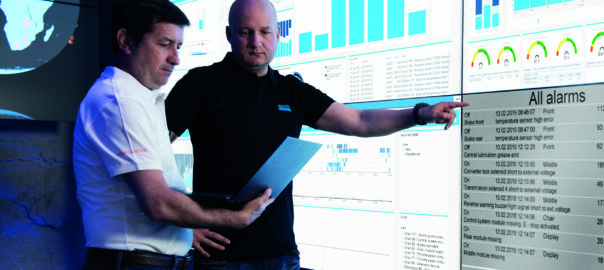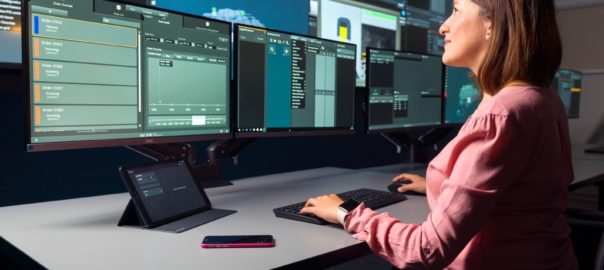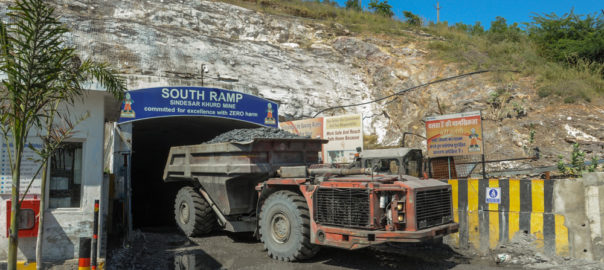Ahead of the WA Mining Conference & Exhibition, in Perth, Western Australia, IM spoke with Michelle Ash, Chair of the Global Mining Guidelines Group (GMG), on mining guidelines, the industry’s rate of technology adoption, automation and, of course, interoperability.
Given that Ash is due to sit on a panel discussion titled, ‘The future generation of mining – who, what, when and where’ at the event on October 15, the conversation was very much forward looking.
IM: The development of mining guidelines has been a big focus for you in your work with GMG. Outside of the existing working groups GMG already has in place, where, in the next three to five years, do you see the need for future industry guidelines to ensure mining companies and their employees can leverage new technology?
MA: Our mission at GMG is to work collaboratively with industry and help speed up its rates of change. The guidelines are one of our main products, but we are involved in two others.
One is education where we bring the mining industry (mining companies, suppliers, consultants, academics/academic institutions, regulators and governments) together on topics. Blockchain is a good example of that; we’ve had our members raising the use of blockchain as an issue for the last couple of years – some have not known what the use cases might look like or even the full capabilities of the technology.
An example of the second product is what we have recently carried out in the tailings dam space…where we initially looked at who was doing what in the public arena worldwide. From this, we created a database of that activity with the intention that our members should, first, engage with work that is already being conducted. We are now trying to think through how we codify that data. In this regard, part of the way we will speed up innovation in the mining industry is not only through collaboration, but also making sure we leverage industry work that has already been completed.
Then on the guidelines, we have covered battery-electric vehicles (BEVs), automation and communications systems. We’re currently going through the process of devising a guideline on interoperability and functional safety, too. In the next few months, we will start working with our members to define what ones to pursue from 2020 onwards.
IM: What might these future guidelines look like?
MA: At our leadership summit this year, we will be talking about climate change and how that is going to impact the mining industry. Thinking about the workforce of the future is another potential avenue for future guidelines. That is on top of some of the more futuristic topics like blockchain provenance tracking, changes to business models, etc.
IM: What is likely to push most mining companies into increasing their uptake of new and disruptive technology? Will operational, regulatory, social or technical changes have the biggest influence?
MA: It’s going to be a combination of these, but risk reduction will definitely come into it – a lot of mining companies still feel technologies are risky whether that is in their implementation, operator acceptance, cost, etc. There is a myriad of risks associated with changing the way you do things and investing in technologies. A lot of that risk is, at least, reduced through collaboration; creating a bigger market and being clear on what products we want and how we develop the business cases, produce products and then implement them. That dynamic will evolve as mining companies get more used to implementing some of these new technologies and working with their people in a more agile way.
That said, I do think the rate of social change being driven through technology – the way we interact, get information, perceive and interact with the world, and how all of that continues to change social expectations – is accelerating. That cycle is putting more and more pressure on all companies, not just miners, to, for example, continually reduce their environmental impact (greenhouse gas and diesel emission reductions, for example). There is also an ever-increasing pressure for governments and communities to get greater amounts of wealth from their resources. In addition, investors are changing their thinking – what we used to call ‘impact’ investors are now almost considered ‘mainstream’.
There are a whole series of pressures that will be put on mining companies to make substantive changes to the way they do things and that will link to de-risking the way they implement new technologies.
IM: Looking at regulation, what are the major technology trends that will be influenced by incoming legislation, and where is this new legislation likely to come in first?
MA: A lot of governments – and I have recently spent most of my time in Canada, Australia and Europe – are thinking about how they reduce their environmental impact. Many of them have various greenhouse gas and climate change challenges, and I think aspects of these will find their way into legislation. That could be future reductions in diesel usage/emissions or energy usage (especially as it pertains to diesel, coal, etc). That means the electrification of industry and mining, specifically, could be impacted by regulations.
One of the reasons why I am keen to get more regulators involved in the GMG is because sometimes, in aspects of certain technology, the regulations are behind the technology use cases/implementations. As a result, there is a really great opportunity for industry and government to work hand-in-hand and get those regulations developed faster so some of these technologies can be implemented in a way that meets community, as well as industry, needs. I think drones, automation and robotics have all fallen into this category.
On automation specifically, the Western Australia Mining Department has led the world in thinking about and applying legislation around automation. That is in part because Western Australia is where a lot of the automation use cases started. There is a great role for them to show other regulators how these regulations could translate in their own regions. For instance, I spend time with Canadian Provincial Governments, and they are very keen to learn from what Western Australia has done in this arena. I think the Nordics – Finland and Sweden, especially – have also shown some great examples of how to create sandboxes and multi-industry collaborations for such technologies.
IM: Is there anything from a technology perspective stopping mining companies creating a fully autonomous operation?
MA: The challenges with automation are related to how to coordinate and control all autonomous equipment on a mine site in an integrated fashion. That is why we, at GMG, are pushing so strongly for greater interoperability so we can, say, connect Cat trucks with Boston Dynamic robots and some OffWorld swarm bots, operating them all on the one mine under one system. From a technology perspective, that is yet to be refined and developed; we can automate pieces – for example, trucks on surface, or trucks and scoops working together underground – but we can’t go beyond that.
IM: Interoperability has been holding back technology uptake for decades; are we close to a tipping point when it comes to solving this problem?
MA: While we have been talking about interoperability for decades, we haven’t had the really fast communications systems we have today with the likes of 4G and LTE. We also haven’t had the plethora of sensors or the computing power and storage via cloud computing. The latter is a big part of the puzzle as mining companies were using on-premises software for so long for their computing needs, which creates limitations.
I think we are starting to see some movement from the OEMs around interoperability and this whole open innovation concept. There has been wider acceptance across the mining community that open innovation creates competition, instead of stifling it. The interoperability work we are doing is starting to prove that.
Cat, for example, has just announced a partnership with IOSoft to upload the data from a lot of their machinery so it can be interpreted and analysed, etc. That is a move forward in terms of creating open data platforms.
IM: Lastly, with the advent of machine learning and AI, what do you see happening in the future with roles such as the geologist, metallurgist, engineer? Will mine site teams in, say 10-20 years, be dominated by data scientists/engineers, as opposed to personnel with these traditional skillsets?
MA: Going forward, we will have a much more diverse skillset on mine sites. I don’t think the geologist, metallurgist, or mining engineer – that knowledge base – will be completely replaced. Even in 50-100 years, I see that human ingenuity still being required. But I do think, in the next five, 10, 20, or so years, artificial intelligence and machine learning will help augment what we currently do.
For example, as a geologist, you spend a lot of time uploading data, manipulating geological models, etc. You spend far less time pondering what it all means or analysing the best way to obtain and evaluate that data based on what you already know and understand. Similarly, a lot of mining engineers spend time running numbers and changing small pieces of design and calculating the myriad of knock-on changes, as opposed to running numerous mine engineering scenarios.
What machine learning and AI will do is free us up from a lot of the mundane work carried out now and allow us to spend much more time on the analysis and contemplation side of the business.







